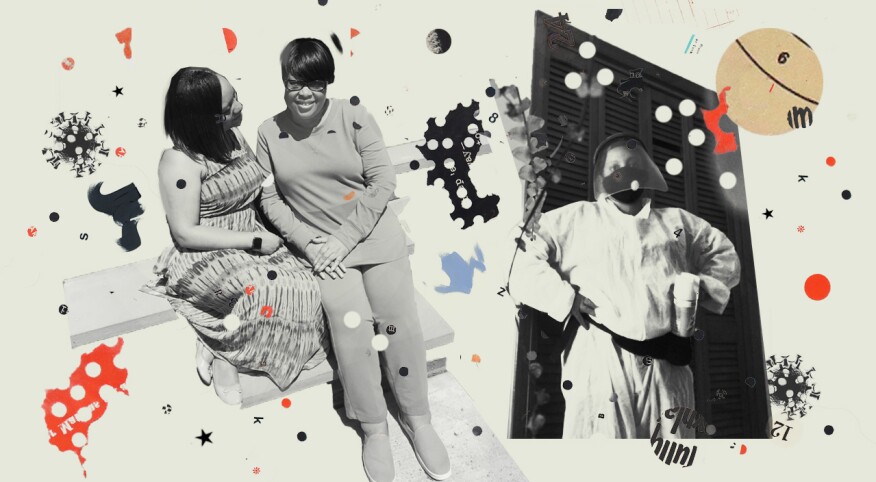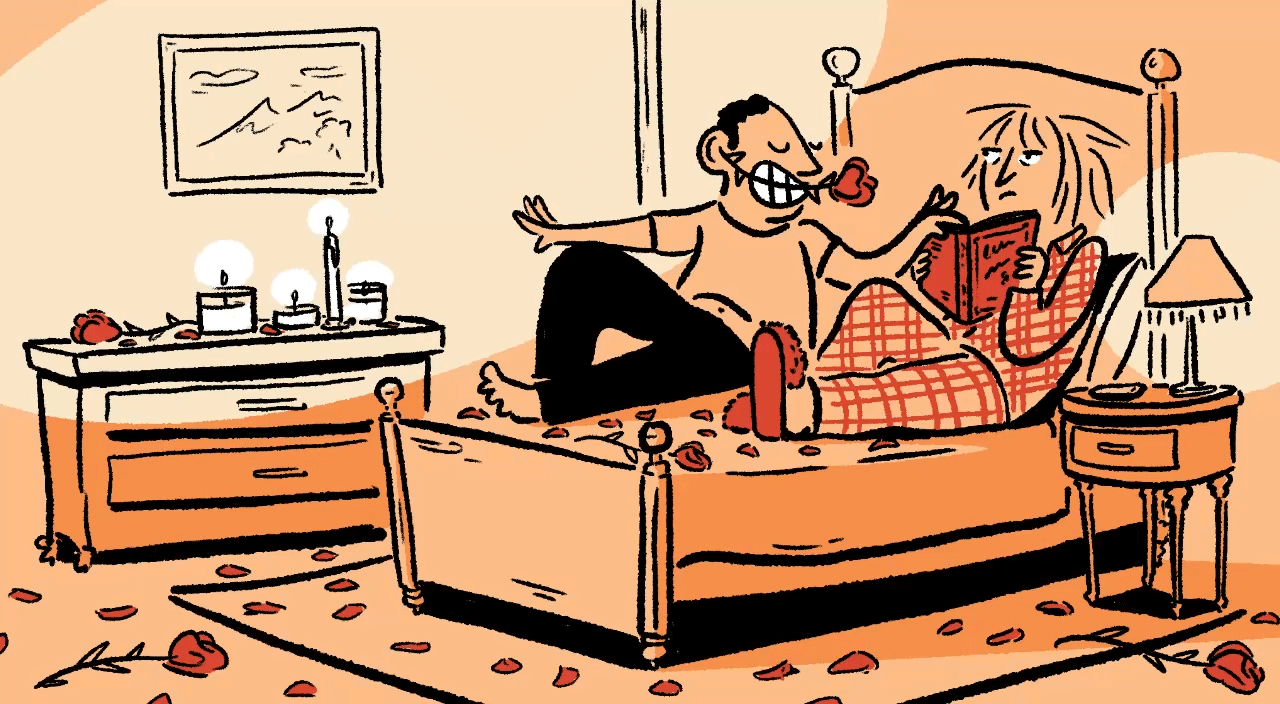In March, Janice Jackson suddenly lost her appetite and ability to taste, and was exhausted all the time. Diarrhea, body pain and a sudden toothache wracked her body. The 62-year-old resident of Plainfield, New Jersey, who has two jobs — including an overnight shift at a facility for people with intellectual and developmental disabilities — thought she was just working too hard, or possibly had some sort of virus.
Jackson’s daughter, LaToya Denae’ Jackson-Samuel, urged her mom to get tested for the new COVID-19 virus, but “she kept saying, ‘It’s not COVID. How would I get that?'" recalls LaToya, 43, who works in foster care and the nonprofit sector in Atlanta.
When a hospital nurse called on April 2, explaining that her mom had been admitted for suspected COVID-19, LaToya wasn’t terribly surprised. She was floored, though, when the nurse said Janice was floating in and out of consciousness, had pneumonia in her lungs, and was not breathing on her own. “She said, ‘I can’t tell you if she’s going to make it, but I can tell you she’s in a good hospital'," LaToya recalls.
Already a survivor
Janice had had a rough few years, to put it mildly. In 2016, she was diagnosed with colon cancer, treated successfully with surgery.
In 2017 came breast cancer, followed by a mastectomy, chemotherapy and hormonal treatment. Despite the double cancer whammy, by 2018 she “was feeling pretty good ... like I was going to make it. My energy was slowly coming back.” Janice resumed her daily routine, including work and driving her mom, who is 80 and lives with her, to various appointments. She even flew to Atlanta for some fun mother-daughter shopping and bonding time. Things were looking up.
Then the pandemic hit. Janice is fuzzy on the details of her hospital admission (late at night, wearing a blue nightgown). She remembers receiving a mask and telling the nurses she wasn't supposed to have blood taken from her right side — the side of her breast reconstruction. “I remember people hovering around me, looking kind of crazy because of all the masks and shields.”
Nurses constantly updated LaToya on her mom’s status (she was breathing at four percent capacity and was placed on a machine that pushed air into her lungs). Once the COVID-19 test came back positive, LaToya was asked for permission to start Janice on hydroxychloroquine, a malaria drug used to treat some COVID cases but which carries with it a risk of heart rhythm issues. “She had developed congestive heart failure during breast cancer treatment, so I asked, ‘What are my choices?’ There were no choices. So, I agreed."
When a nurse arranged for a mother-daughter video chat, LaToya saw that Janice’s lips were blue. She broke down in tears, then hopped in her car and drove 16 hours to her mother’s ICU bedside
“I was scared, thinking, ‘Am I going to lose her this time?’ With the breast cancer, we were so blessed. [But] I was planning for the worst, thinking, ‘How much more can she fight? How many more times can she beat something’?”
Miraculously, Janice began to rebound during that drive (there are murmurs among family and hospital staff that simply knowing LaToya was on her way may have played a role) and on April 9, against many odds, she was discharged, wearing a dress and shawl
that LaToya purchased because “I wasn’t gonna let her come out in her nightgown!” Hospital staff clapped as Janice was wheeled out.
Her cancer might have saved her
According to breastcancer.org, cancer treatments like chemo and immunotherapy can weaken the immune system, increasing susceptibility to viruses like COVID-19. But in an ironic turn of events, Janice’s breast cancer may have saved her life. Before being hospitalized, her COVID symptoms were worsening by the hour and she called Cancer Treatment Centers of America, where she’d been treated for breast cancer and was still visiting every three months for lab work, breast exams, and general monitoring, to cancel an upcoming appointment. The scheduler thought something seemed off in Janice’s voice and called Janice’s nurse navigator, Christina, who in turn called Janice, heard her symptoms, and told her to head straight to the emergency room.
“If it wasn’t for Christina,” LaToya says, “I truly believe my mom wouldn’t be here today.”
A new normal
LaToya cared for Janice for three months, at first donning a hazmat suit, face shield, and gloves. Janice stayed in her room; grandma, who did lots of cooking for the new multigenerational household, kept to the other side of the home. LaToya slept on the couch. The series of medical misfortunes has brought the pair even closer than before.
“Our mother-daughter relationship grew into a wonderful, genuine friendship, a bond that no one can break,” Janice says. LaToya calls her mom’s recovery “a blessing in disguise. [We] both work all of the time, but COVID made time stand still. It was a time not to do anything but focus on her living, as well as getting to know each other in a way we hadn’t before.”
They traded jokes; watched movies (sitting six feet apart, of course); and LaToya taught Janice about Instagram live concerts. Once the light started to lift on this very dark time, “I realized she wasn’t just my mom,” says LaToya, “but a lady who could share her journey through life with me.”

Lizzie Gill


